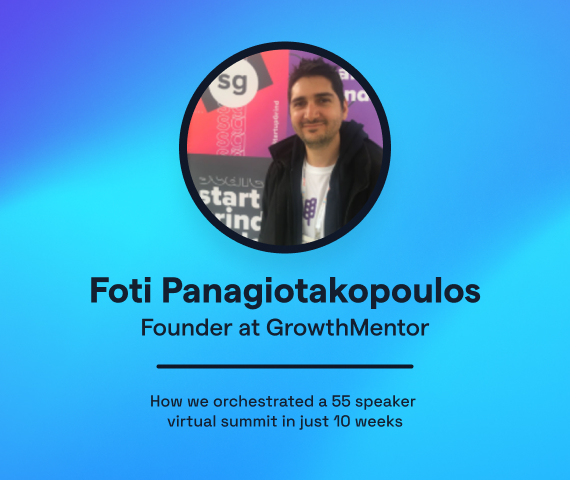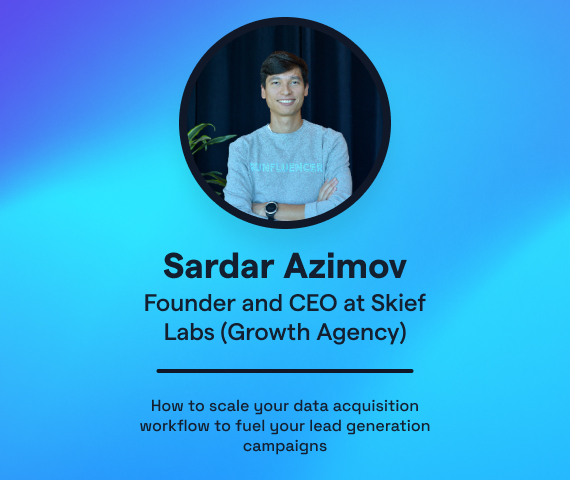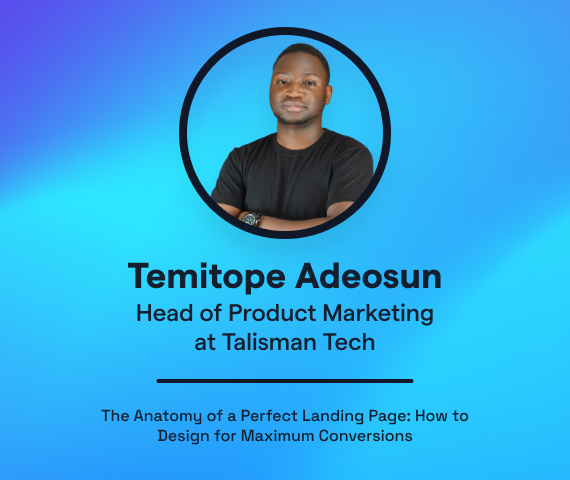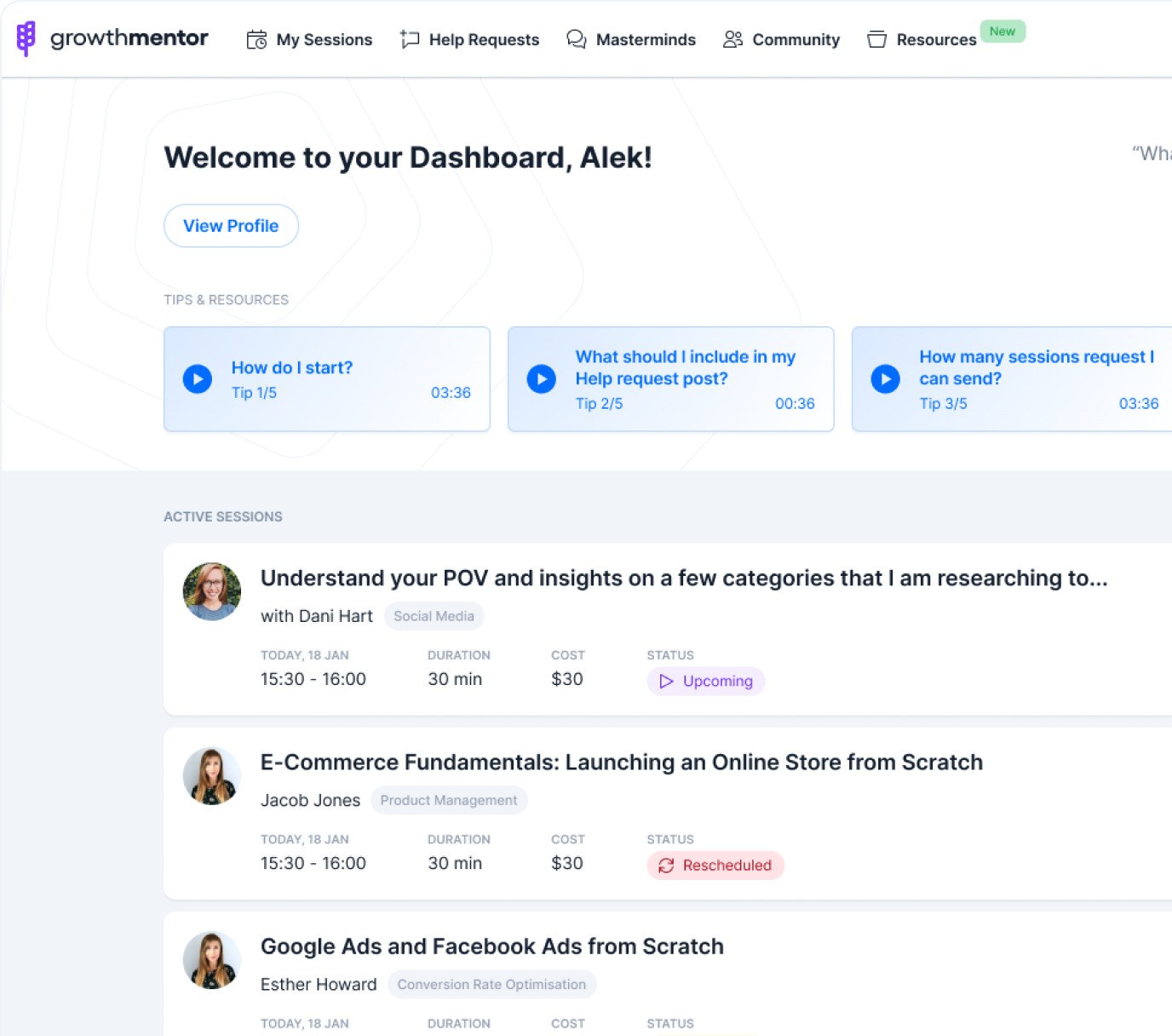The 30-Minute Framework That Turned a $20K Pilot Into Systematic Growth
Marcus had $20,000 on the line and couldn’t decide: fix AI hallucinations or optimize signups?
“I’ve been really just winging it,” he confessed.
I could hear the exhaustion in his voice. Here was a growth hacker at an AI startup, drowning in PostHog data while a potential six-figure contract slipped through his fingers. He’d reduced churn from 10% to 4% and was converting 30% of website visitors, solid results with no system for choosing what to work on next.
Sound familiar? Most founders I talk to have this same problem: too many good options, no clear way to choose between them.
That’s when we built something together that changed how Marcus approaches every growth decision.
The Chaos of Too Many Options
Marcus had the classic growth practitioner’s dilemma. He’d identified 15+ different optimization opportunities, each feeling urgent.
“I set up PostHog and I review hours of recordings,” he told me. “I find these 5-6 bugs that come up. This is kind of non-obvious. And this might be a creative feature idea that might help accelerate this process.”
Customer support calls revealed UX friction. PostHog showed drop-off points. His enterprise client? Getting frustrated with AI hallucinations. Meanwhile, the CEO wanted better onboarding metrics.
But which to tackle first? He was making decisions based on whoever shouted the loudest.
Most prioritization frameworks fail because they’re built in boardrooms by people who don’t touch the data. The ones that work? They emerge from real problem-solving chaos.
Building It Live Under Pressure
“Should I first focus on plugging those holes before going into the cohort analysis and optimization?” Marcus asked.
That’s when I realized we weren’t discussing theory. We had real money on the line during our conversation.
“Simple word is there’s so much to do, so less time to do,” I told him. “Let’s build this together right now.”
Instead of giving him another framework to try later, we started building one collaboratively. His specific constraints limited engineering time, demanding client, and CEO pressure shaped every decision rule.
“Define all this,” I said. “List out all of them.”
The Framework That Emerged
Complete Initiative Inventory
First, we talked through everything he was considering. Not just the obvious stuff. We mined his customer support calls, PostHog recordings, that running mental list of “someday I should fix this.”
I could hear his typing slow as we worked through his list.
Triple-Dimension Scoring
Then we created a scoring system for each initiative, 1 to 5:
- Effort: How much work will this take?
- Risk: What could go wrong?
- Reward: What’s the potential impact?
The breakthrough moment came when Marcus said, “Hallucination solving requires engineering effort, could take maybe a month to solve, but there’s a small messaging change… that is very little effort, but the reward is amazing.”
“Wait,” he paused. “I can compare these now.”
Mathematical Prioritization
“Apply this effort, risk-reward framework,” I explained. “According to the scores, take the first initiative that gives you the least effort, gives you the most reward. That should always be P0.”
Even his hallucination problem, the one his major client was demanding, scored lower than simpler fixes when we applied the math.
“Oh wow,” Marcus said. I could hear him scrolling through results. “My biggest client concern isn’t even in the top five?”
The Transformation Moment
“OK, I’m going to recap what I understood,” Marcus said. “Structure is basically an Excel sheet, write your thought process and do reasonable prioritization through effort risk.”
His energy had completely shifted. From “I’ve been winging it” to building something systematic in real-time.
“That was very helpful, by the way,” he said. “This has probably been one of the most helpful calls I’ve had on this platform.”
But here’s what proved the approach: even facing pressure from his major client about hallucinations, the framework helped him see that building confidence with easier wins first would serve him better.
Why This Works
Most prioritization systems fail because they’re created in isolation from decision pressure. Marcus was dealing with real constraints:
- Limited engineering resources
- A demanding enterprise client
- CEO pressure for metrics
- Multiple competing priorities
The framework worked because it emerged from his situation, not theoretical best practices.
“As a builder, we should never be biased toward a solution,” I told him. “We conduct experiments and let the data speak.”
The scoring removes emotional bias. Your pet project might score terribly. Good.
How to Build Your Own
Want to try this? Here’s what worked for Marcus:
Create a simple tracking system. List every initiative you’re considering.
Score each one honestly on effort, risk, and reward using a 1-5 scale.
Prioritize mathematically based on the scores, not on what feels most important.
Start with the highest-scoring items, even if they’re not the most exciting.
“This is the only structure that will be required at this stage,” I explained. The framework gets smarter with each decision.
Marcus went from drowning in insights to having a clear method for any complex prioritization choice. The framework didn’t just solve his immediate decision; it gave him a repeatable process.
What decision are you making with your gut that could use some math instead?
Building frameworks like this with founders is exactly why I love GrowthMentor sessions. When you solve problems together under real pressure, you create systems that work.




